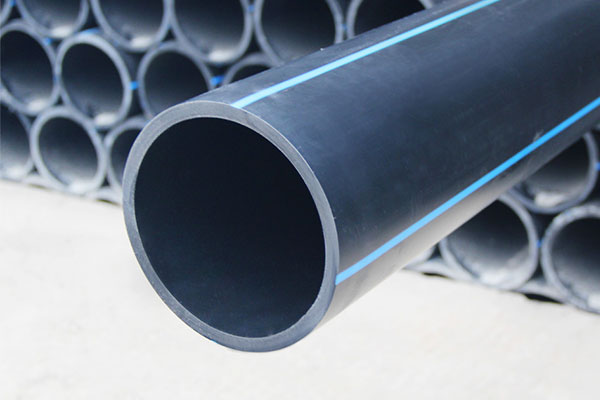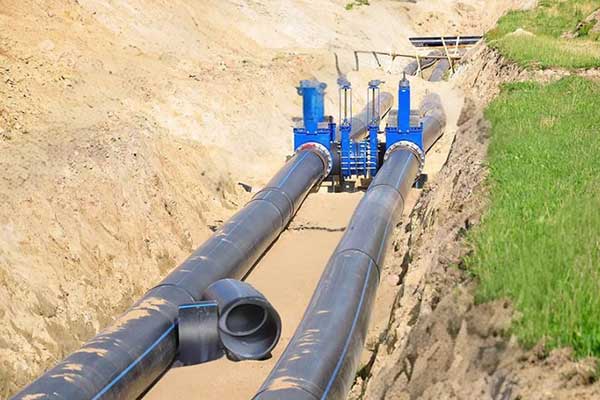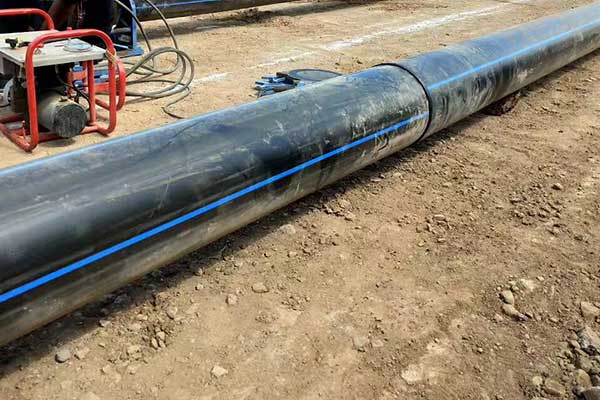What is HDPE Pipe? A Comprehensive Guide
HDPE pipe, short for High-Density Polyethylene pipe, is a popular and versatile material widely used in various industries due to its strength, durability, and cost-effectiveness. But what exactly is HDPE pipe, and why is it so commonly used? In this article, we will explore the properties, applications, benefits, and installation methods of HDPE pipe, as well as why it is a preferred choice in many sectors.

What is a HDPE Pipe?
High-Density Polyethylene (HDPE) is a type of thermoplastic polymer made from petroleum. It is known for its high strength-to-density ratio and is produced through a polymerization process. HDPE pipe is made by extruding the polymer into long, flexible tubes that can be cut into lengths suitable for various applications.
Key Features of HDPE Pipe
- Durability: HDPE pipes are known for their toughness and resistance to wear and tear. Unlike traditional metal pipes, HDPE does not corrode, rust, or degrade over time, which significantly extends its lifespan.
- Flexibility: HDPE pipes are more flexible than many other types of pipes, such as PVC or metal. This makes them easier to handle during installation and reduces the likelihood of cracking under pressure.
- Lightweight: Compared to other types of pipes, HDPE is lighter, making transportation and installation more cost-effective and efficient.
- Smooth Inner Surface: The smooth interior of HDPE pipes minimizes the buildup of scale, reduces friction, and prevents blockages, ensuring optimal flow rates.
- Sustainability: HDPE is 100% recyclable, making it an environmentally friendly choice for projects aiming to reduce their carbon footprint.

Applications of HDPE Pipe
HDPE pipes are used in various applications across multiple industries. Some of the most common uses include:
- Water Supply: HDPE pipes are often used in potable water systems for both municipal and residential applications due to their durability and ability to maintain water quality.
- Sewage and Wastewater Systems: These pipes are commonly used in sewer systems and for transporting wastewater due to their resistance to chemicals and biological degradation.
- Gas Distribution: HDPE pipes are widely used for transporting natural gas and other gases because of their safety features, resistance to corrosion, and ease of installation.
- Irrigation Systems: In agriculture, HDPE pipes are often used for drip irrigation and other water delivery systems, as they are resistant to both chemicals and weathering.
- Mining and Industrial Applications: HDPE pipes are used in the mining and industrial sectors to transport abrasive materials, slurries, and chemicals.
Benefits of HDPE Pipes
- Cost-Effectiveness: While HDPE pipes may have a slightly higher initial cost compared to other pipe materials like PVC, their long-term durability and minimal maintenance requirements make them an economically sound choice.
- Resistance to Corrosion and Scaling: Unlike metal pipes, HDPE pipes are not susceptible to corrosion, scaling, or biofilm buildup, which can lead to blockages and contamination.
- Long Lifespan: HDPE pipes can last up to 50-100 years or more, depending on the application and environment, making them a long-lasting solution for infrastructure projects.
- Ease of Installation: Due to their flexibility and lightweight design, HDPE pipes are easier and faster to install, reducing labor costs and installation time.
- Environmental Benefits: HDPE pipes are 100% recyclable and can be reused, contributing to reduced waste and a more sustainable pipeline infrastructure.

Installation of HDPE Pipes
The installation of HDPE pipes can be done using several methods, depending on the specific requirements of the project. The most common methods include:
- Butt Fusion Welding: This method involves heating the ends of two pipes and then fusing them together under pressure to create a strong, leak-free joint.
- Electrofusion: This technique involves the use of specialized fittings with built-in heating elements that melt the pipe and fitting material, forming a strong bond.
- Mechanical Fittings: For certain applications, mechanical fittings such as compression couplings can be used to join HDPE pipes without the need for welding.
- Trenching and Plowing: In traditional installations, HDPE pipes are often laid in trenches, although trenchless technologies like directional boring are becoming more popular for minimizing surface disruption.
Conclusion
HDPE pipes are a highly reliable, durable, and cost-effective solution for a wide range of piping applications. From water and sewage systems to gas and industrial pipelines, the benefits of HDPE are clear, making it the go-to material for projects requiring long-lasting, low-maintenance pipes.
